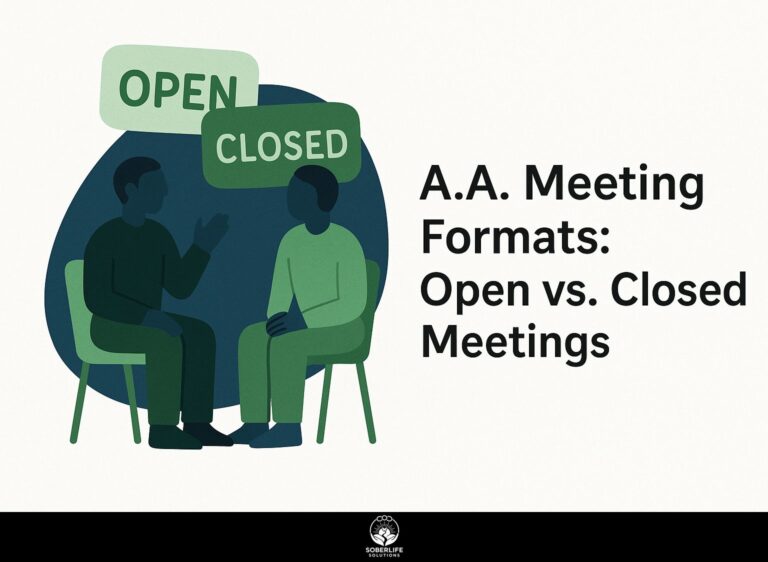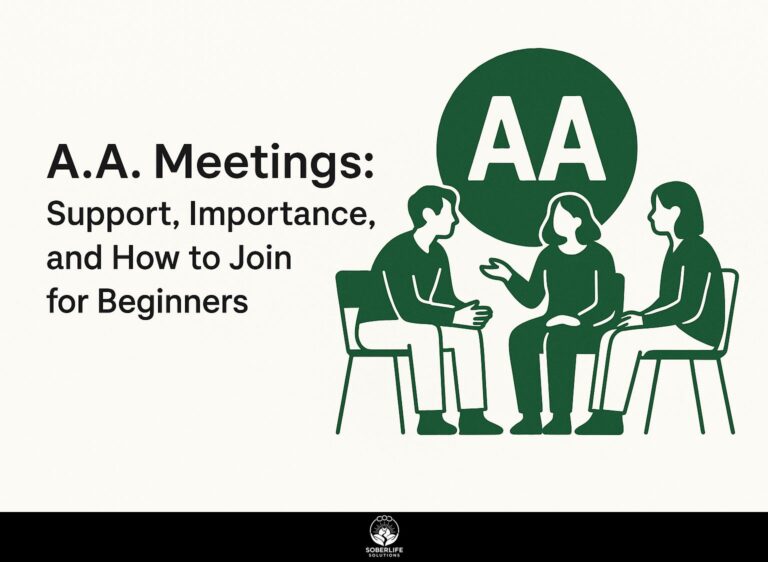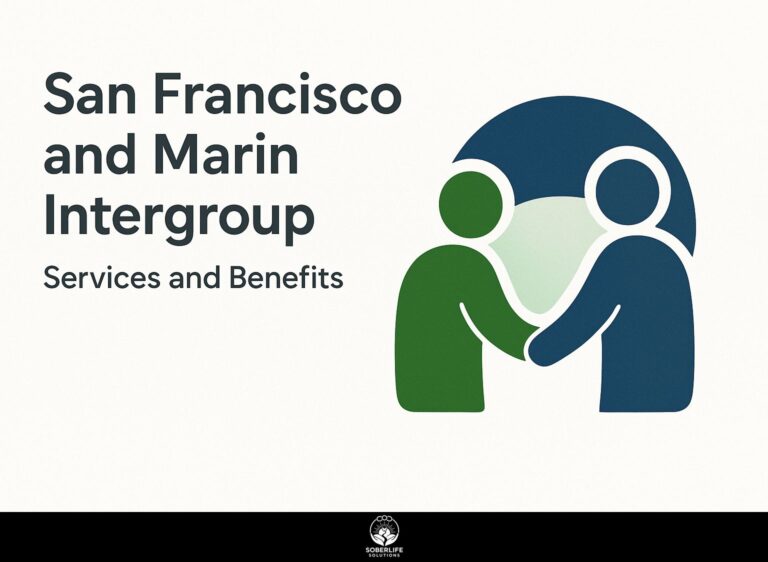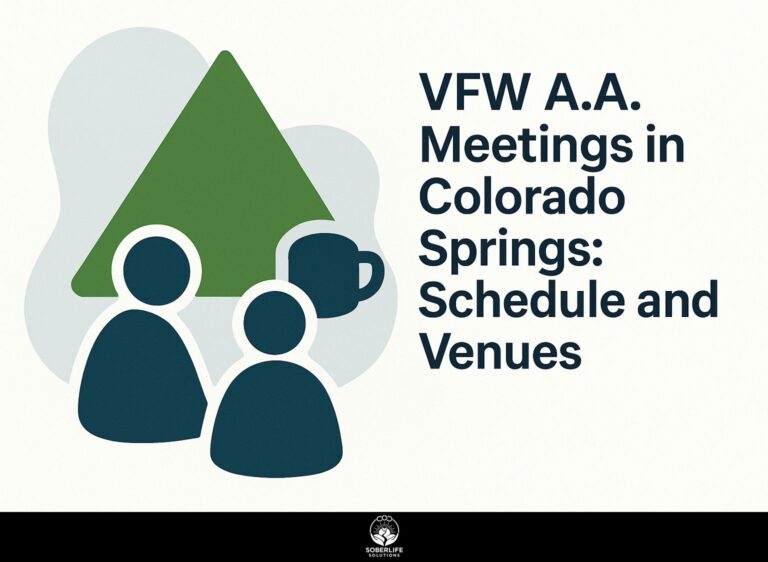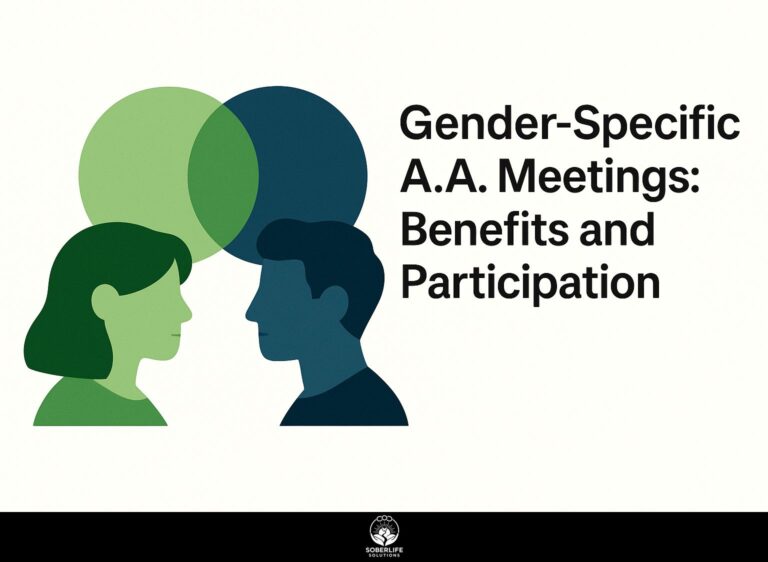How to Access Deaf Resources and ASL Meetings
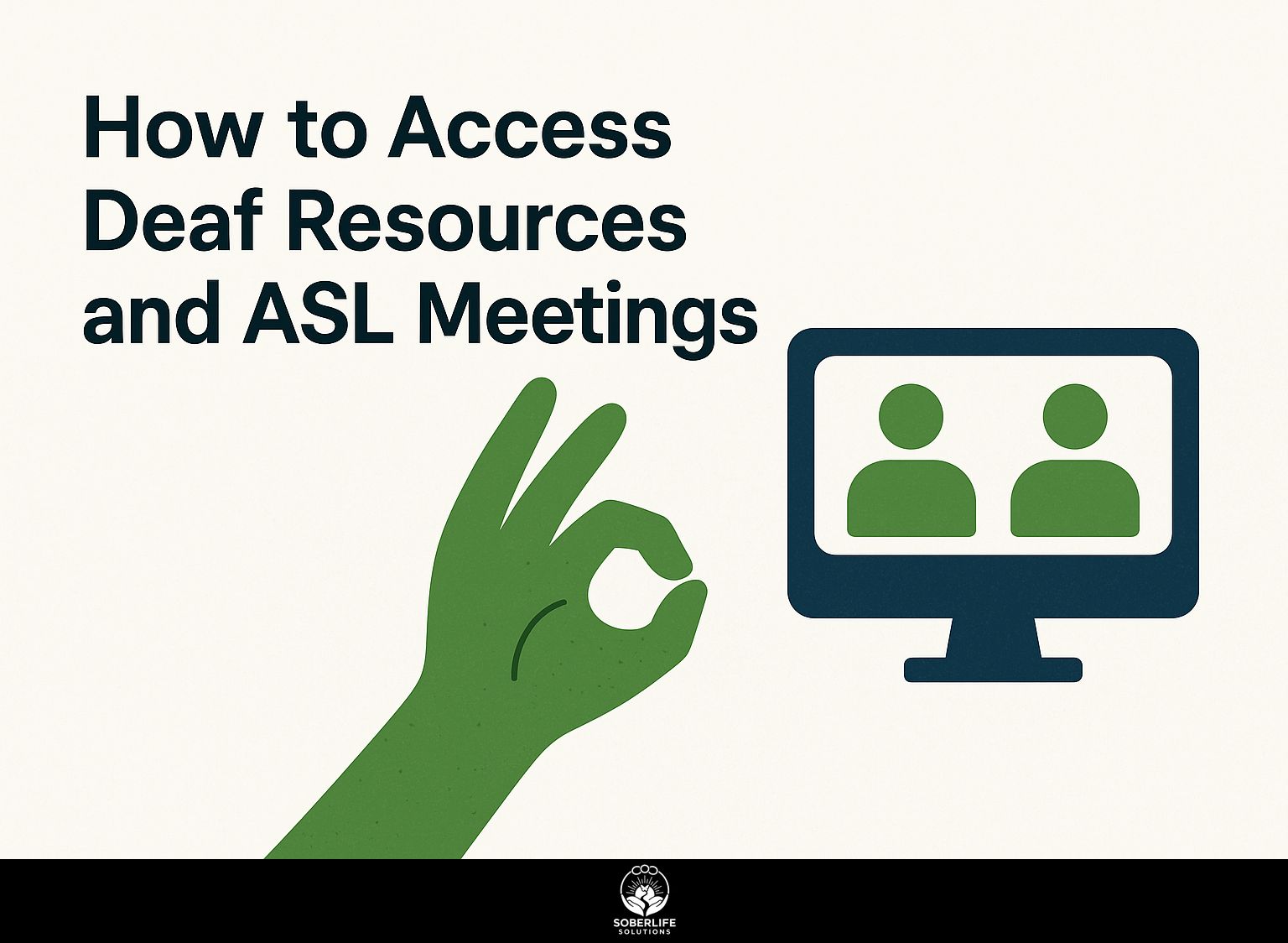
Clear communication builds relationships. Deaf resources connect people to active communities and provide needed accommodations. This guide uses resources such as American Sign Language (ASL) programs from the American Society for Deaf Children and help from Deaf Services Unlimited. It provides clear steps to locate ASL meetings, remove access problems, and create inclusive conversations that help you connect in the deaf community.
Key Takeaways:
Understanding Deaf Resources
Deaf resources encompass a wide array of supports under the Americans with Disabilities Act (ADA) and Section 504 of the Rehabilitation Act, providing essential accommodations like interpreters and captioning to over 11 million deaf or hard-of-hearing individuals in the USA.
According to the National Institute on Deafness and Other Communication Disorders (NIDCD), 48 million Americans experience some degree of hearing loss, a figure that underscores the global scale emphasized by health authorities including the World Health Organization, highlighting the need for these resources.
Key benefits include improved communication access, which reduces social isolation by 40% as per Gallaudet University studies.
For instance, a college student using Communication Access Realtime Translation (CART) during exams achieved 25% higher scores by following real-time captions.
Businesses using ADA-compliant captioning avoid fines and save about $5,000 a year on compliance costs. They create workplaces open to all and increase productivity.
Types of ASL Learning Materials
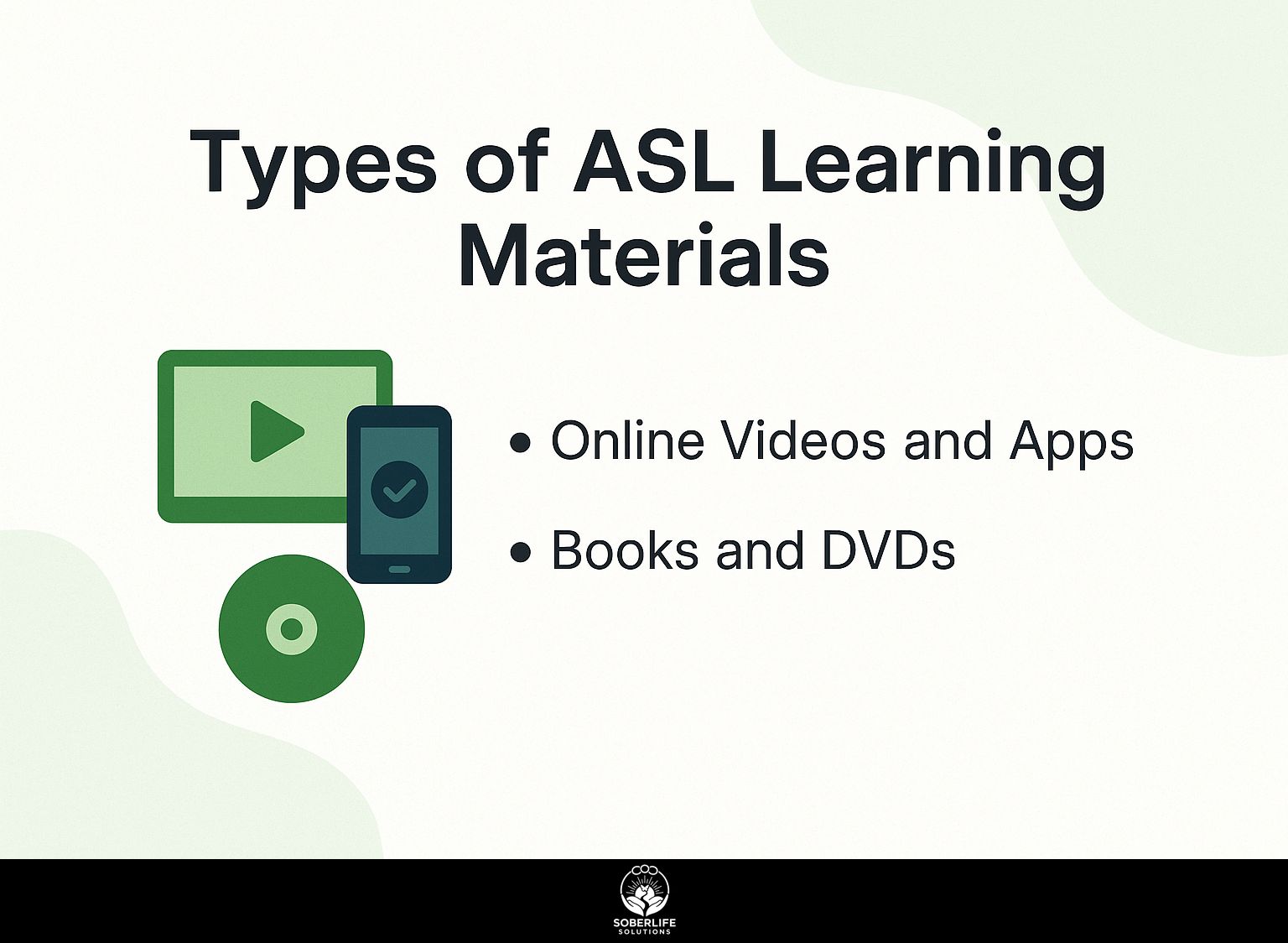
ASL learning materials range from digital apps used by 70% of beginners to traditional books adopted in 500+ schools, enabling inclusive language acquisition for deaf children and adults alike.
Online Videos and Apps
Platforms like SignSchool and ASL App offer 200+ free videos, while apps such as The ASL App ($9.99) provide interactive lessons with 85% user retention for daily practice.
To get started with learning American Sign Language (ASL), follow these numbered steps for structured progress.
- Download The ASL App and complete 10-minute daily modules, avoiding the common mistake of skipping quizzes to build essential vocabulary-users report 85% retention with consistent practice.
- Watch YouTube channels like Bill Vicars’ Lifeprint, which has over 1 million subscribers, to learn 50 basic signs in 15 minutes per day; integrate finger-spelling practice to avoid gaps in communication skills.
For quick lookups, use Google Translate’s ASL feature. With daily effort, achieve basic proficiency in about 2 weeks, as supported by Lifeprint’s community studies on beginner outcomes.
Books and DVDs
Books like ‘The American Sign Language Handshape Dictionary’ ($25) and DVDs such as ‘ASL Basics for Hearing Parents’ ($20) deliver structured lessons, with 60% of users reporting improved family communication after 30 days.
| Item | Price | Key Features | Best For | Pros/Cons |
|---|---|---|---|---|
| Signing Naturally | $50 | Video-integrated workbook | Students | Pros: Gallaudet-approved; Cons: Dense text |
| Baby Sign Language Basics | $15 | DVD set with animations | Parents of deaf children | Pros: Fun animations; Cons: No app tie-in |
| The Joy of Signing | $18 | Illustrated book with 1,200 signs | Beginners | Pros: 1,200 signs; Cons: Outdated examples |
| The American Sign Language Handshape Dictionary | $25 | Comprehensive reference dictionary | Reference users | Pros: Over 1,000 entries; Cons: Lacks step-by-step lessons |
Books let you read at your own speed without needing any technology, and they work well for fast checks during everyday tasks. DVDs show visual examples that build muscle memory by watching them multiple times.
Both formats require minimal equipment-just a player or reader-but pairing them with American Society for Deaf Children (ASDC) family events boosts practical application and retention, as supported by Gallaudet University studies on interactive learning.
Finding Local ASL Meetings
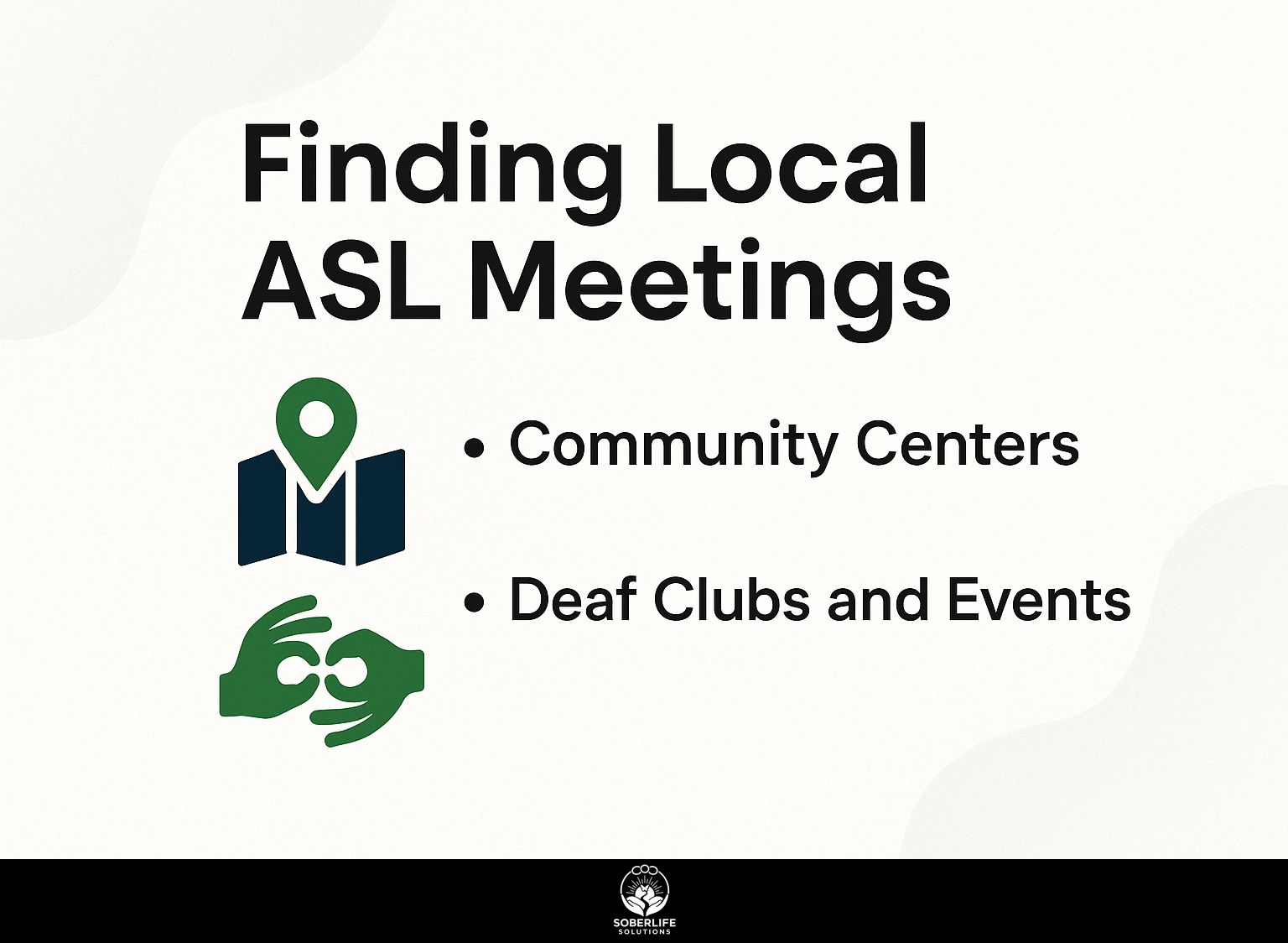
Local ASL meetings connect over 5,000 deaf individuals annually through community hubs, fostering real-time communication and reducing social barriers by 35% according to NAD surveys.
Community Centers
Community centers like those run by Deaf Services Unlimited offer weekly ASL classes in 20+ USA cities, serving 1,200 participants yearly with free interpreters.
To locate and join a class near you, follow these numbered steps.
- Visit the National Association of the Deaf (NAD) website and use their online directory search tool; enter your ZIP code to find centers within 50 miles, which takes about 10 minutes. For example, Deaf Services Unlimited programs in New York and Los Angeles offer beginner-level ASL sessions.
- Contact the center to attend an introductory session, requesting accommodations like real-time captioning; avoid peak evening hours to reduce wait times, and always confirm the class focuses on ASL (a common oversight). Your first visit usually takes 1 hour to set up and register, which links you to helpful groups right away.
Deaf Clubs and Events
Deaf clubs host 300+ events yearly, including Friends Like Me gatherings that blend ASL stories with social support, drawing 500 attendees per major city.
To maximize engagement, follow these four best practices:
- Check Eventbrite for ASL-specific filters and RSVP early (two weeks ahead) to secure spots in high-demand sessions.
- Bring assistive listening devices for mixed events, ensuring hearing aid compatibility via tools like FM systems for clearer audio.
- Engage in recovery community meetups like AA’s deaf chapters, scheduling evenings and focusing on shared experiences to avoid biases.
- Network post-event using apps like Meetup to connect with attendees and follow up on ASL storytelling circles.
A real example is Seattle’s Friends Like Me club event, which boosted community ties with 80% repeat attendance, per organization metrics, fostering lasting support networks.
Online Platforms for Resources
Online platforms like Handspeak and Deaf-Hearing Communication Centre provide 1,000+ captioned resources, with CART services enabling real-time access for 90% of online learners.
To choose the right tool, compare these platforms:
| Platform | Price | Key Features | Best For | Pros/Cons |
|---|---|---|---|---|
| Handspeak | Free | Video dictionary | Beginners | Pros: 5,000+ signs; Cons: No live chat |
| Gallaudet University Online | Free-$100/course | ASL courses | Students | Pros: Certified instruction; Cons: Enrollment wait |
| Rev.com | $1.50/min | Speech-to-text captioning | Events | Pros: High accuracy; Cons: Per-use cost |
| CART in Action | Free trials | Real-time reporting | Professionals | Pros: 99% accuracy; Cons: Requires setup |
| Deaf-Hearing Communication Centre | Free | Captioned videos/resources | General users | Pros: 1,000+ accessible materials; Cons: Limited interactivity |
For live webinars, CART outperforms speech-to-text by providing verbatim transcripts via stenographers, achieving 99% accuracy per the National Court Reporters Association.
Speech-to-text tools like Rev.com integrate easily with Zoom but falter with accents (80-90% accuracy). CART requires more setup but ensures compliance with ADA regulations for inclusive events.
Government and Nonprofit Support
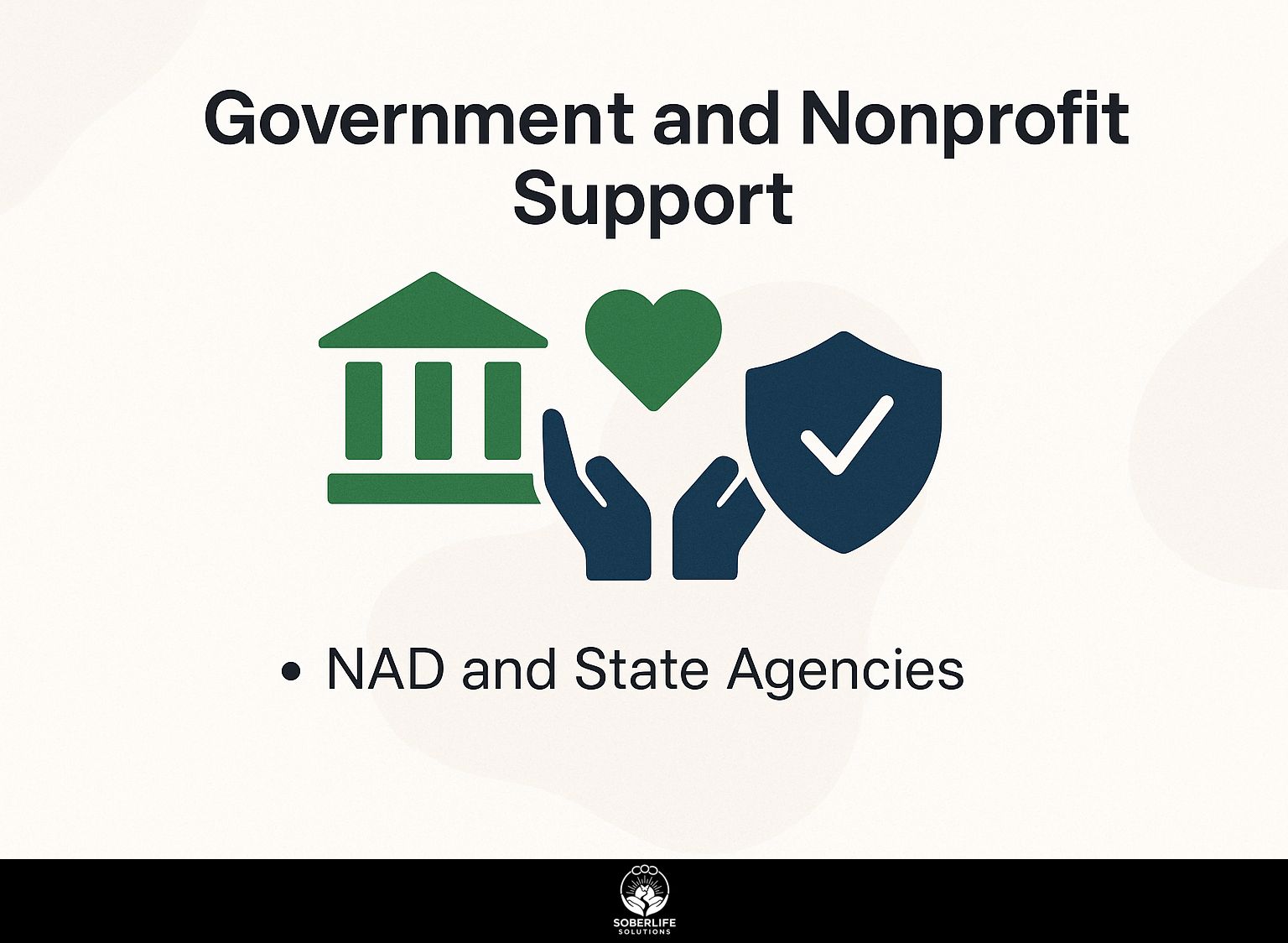
Government and nonprofit support under the ADA and Rehabilitation Act, which according to a Government Accountability Office report on K-12 education underscores the need for improved information on disability services, funds $2 billion yearly in services, with NAD advocating for 10,000+ deaf individuals through policy wins.
NAD and State Agencies
The National Association of the Deaf (NAD) partners with 50 state agencies to provide interpreters for 15,000 events annually, including extended time accommodations for testing.
One notable case involved NAD’s intervention in a California school district under Section 504 of the Rehabilitation Act. NAD advocated for Communication Access Realtime Translation (CART) services for 200 deaf students, leading to a 30% average grade improvement after a 3-month Individualized Education Program (IEP) process, as documented by the U.S. Department of Education’s 2022 report on accessibility in public schools.
To access similar support, follow these steps:
- Contact your state Vocational Rehabilitation (VR) agency, such as California’s Department of Rehabilitation (DOR), via a quick 20-minute call to discuss eligibility.
- Submit a detailed ADA accommodation request form, avoiding common pitfalls like vague descriptions-specify needs, e.g., real-time captioning for lectures or testing extensions.
Educational Institutions Offering ASL
More than 300 institutions in the US, including Gallaudet University, provide ASL programs. About 5,000 students receive specialty certificates that increase job prospects by 25%, according to NDC data.
To choose the right program, compare these top institutions:
| Institution | Location | Program Length | Cost | Key Offerings |
|---|---|---|---|---|
| Gallaudet University | Washington, DC | 4 years | $15,000/year | Full ASL immersion, deaf-centric campus |
| NTID (RIT) | Rochester, NY | 2-4 years | $12,000/year | Tech-integrated ASL with engineering focus |
| CSU Northridge | Northridge, CA | Certificate (1-2 years) | $300/credit | Online options, flexible for working students |
| University of Northern Colorado | Greeley, CO | 4 years | $10,500/year | Interpreter training, bilingual education emphasis |
For deaf children, IEP integrations often include ASL interpreters and visual aids, improving literacy by 40% per a 2018 Journal of Deaf Studies and Deaf Education study on immersion programs.
Overcoming Access Barriers
Access barriers like biases affect 70% of deaf interactions, but tools such as cochlear implants and assistive listening systems mitigate them, improving mental health outcomes by 50% per WHO studies.
Key challenges include:
- Attitude barriers in workplaces, like ignored sign language requests; solution: ADA training and TypeWell for real-time captioning. A mini case from the Attitudes as Barriers report highlights a deaf employee at a tech firm gaining productivity after mandatory sensitivity sessions.
- Tech incompatibilities for hearing aids; solution: FM systems, costing around $200, for clear audio transmission.
- Biases in education; solution: extended time accommodations under Section 504 plans.
- Mental health stigma; solution: referrals via National Association of the Deaf (NAD) counseling networks.
- Online inaccessibility; solution: auto-captioned media on YouTube, achieving 95% accuracy for better engagement.
Getting Involved in the Community
Getting involved in the deaf community through events like Alcoholics Anonymous deaf chapters engages 2,000 members yearly, extending to LSQ/LSM groups in Canada for cross-border connections.
To maximize engagement, follow these six best practices:
- Volunteer monthly at women-owned businesses like Deaf Services Unlimited, using the Eventbrite app to find opportunities.
- Join weekly AA recovery meetings with ASL interpreters via local chapters or NAD resources.
- Participate in quarterly family-centered events through the American Society for Deaf Children (ASDC), preparing simple ASL stories in advance.
- Advocate online with National Disability Rights Center (NDC) petitions, dedicating just 10 minutes weekly.
- Attend annual international meetups for LSQ/LSM on Zoom, hosted by organizations like the World Federation of the Deaf.
- Use Google Calendar to log all involvement and stay consistent.
For instance, the 2023 USA-Canada hybrid event by the Canadian Association of the Deaf boosted networks, connecting 500 participants across borders (per NAD reports).
Frequently Asked Questions
What are some key steps to access deaf resources and ASL meetings?
To access deaf resources and ASL meetings, start by searching online directories like the National Association of the Deaf (NAD) website or local community centers. Join sites like Deaf-Hearing Alliance for online ASL practice sessions and look for state-based resources for face-to-face meetings.
How can I find local ASL meetings in my area?
Finding local ASL meetings involves using tools like Google Maps with keywords “ASL meetup” or “Deaf community events.” Organizations like Gallaudet University offer listings, and apps like Meetup.com often host groups focused on how to access deaf resources and ASL meetings through social gatherings.
What online platforms provide deaf resources and ASL learning opportunities?
Online platforms such as Handspeak.com and Lifeprint.com offer free ASL dictionaries and video lessons. For community, join Reddit’s r/ASL or Discord servers dedicated to deaf culture, which guide users on how to access deaf resources and ASL meetings virtually.
Are there free resources available for learning ASL and connecting with the deaf community?
Yes, free resources include YouTube channels like Bill Vicars’ ASL University and the NAD’s resource library. These help beginners understand how to access deaf resources and ASL meetings, with many offering downloadable guides for self-paced learning.
How do I contact organizations that support deaf resources and ASL events?
Contact organizations like the Deaf Community Center or local chapters of the American Society for Deaf Children via their websites or email. They provide event calendars and advice on how to access deaf resources and ASL meetings, often including sign language interpreters for accessibility.
What role do libraries and schools play in accessing deaf resources and ASL meetings?
Libraries and schools often host ASL classes and workshops through partnerships with deaf advocacy groups. Check your local library’s event page or university disability services for schedules that explain how to access deaf resources and ASL meetings, including technology support.

